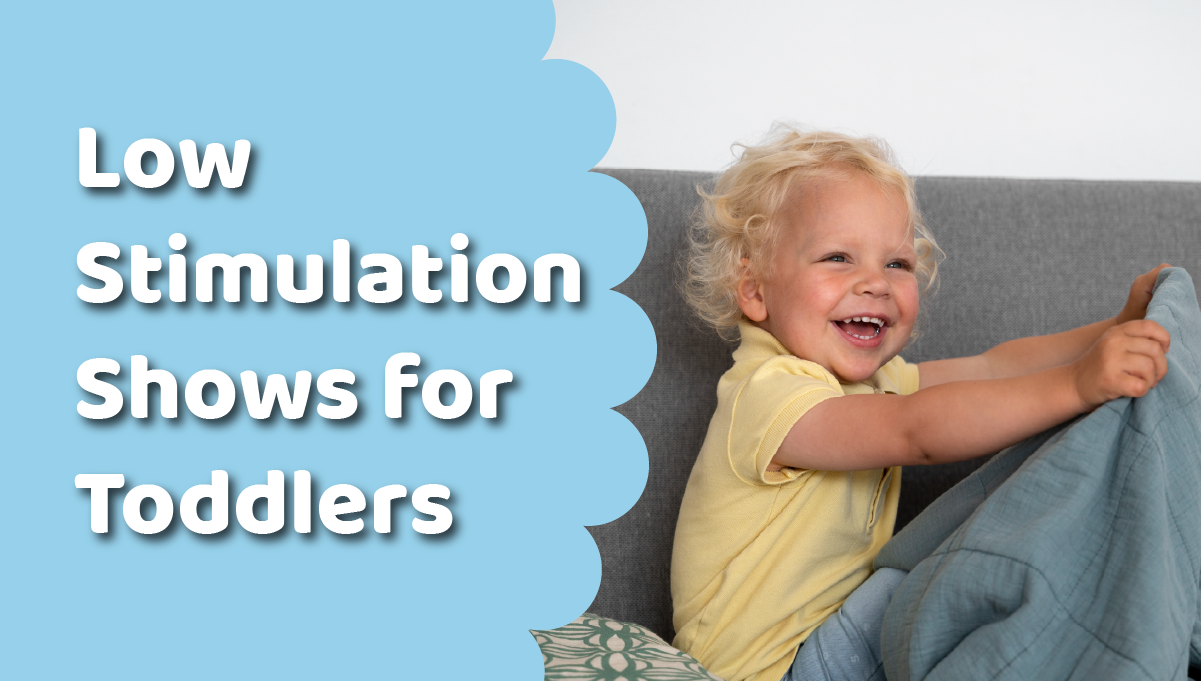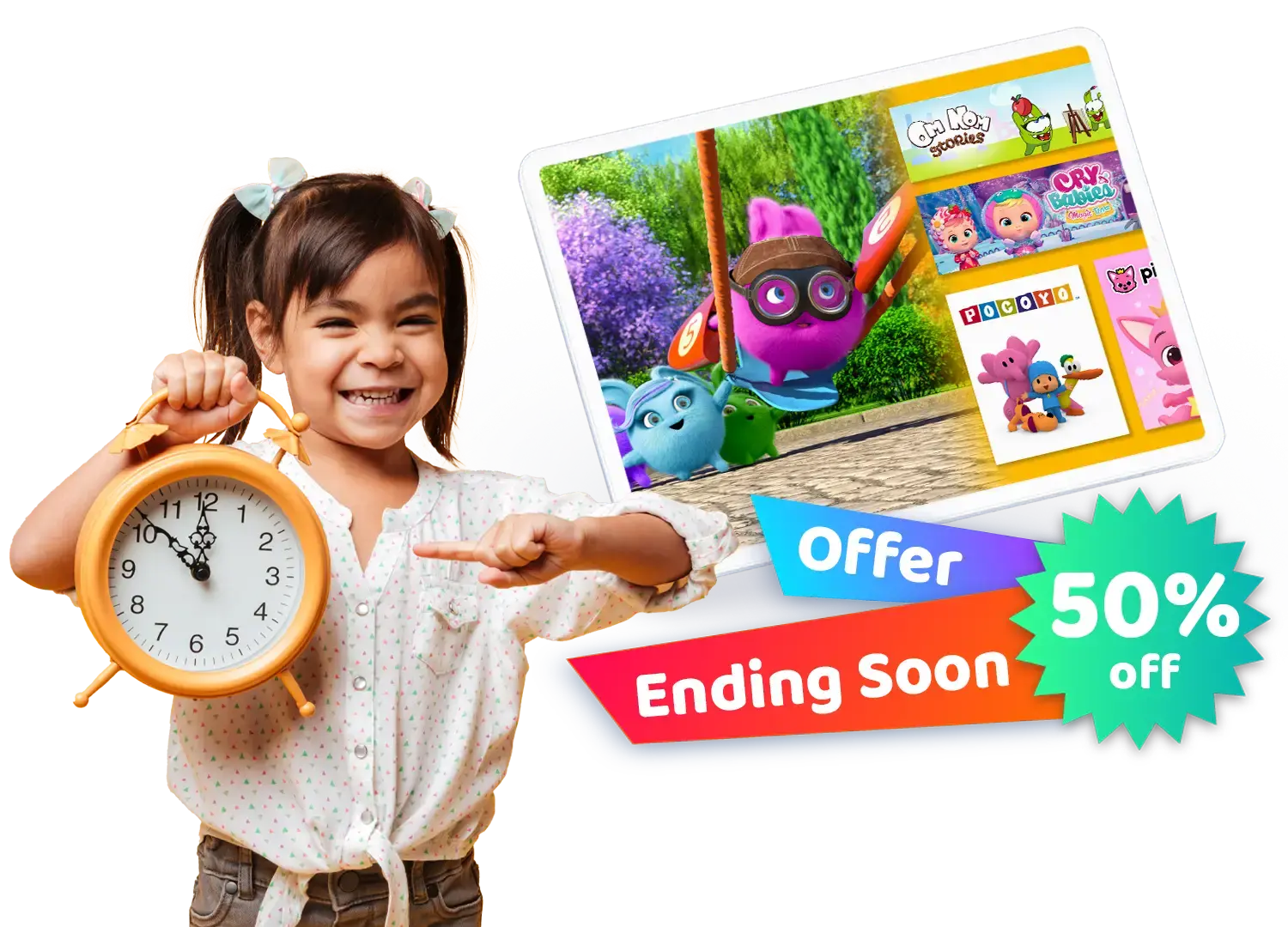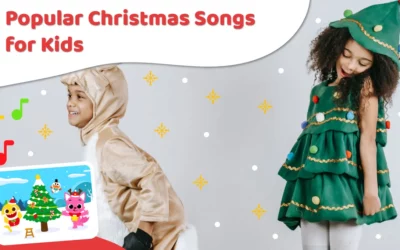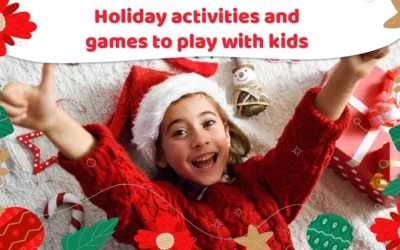Low-stimulation screen time has become one of the fastest-rising parenting searches of 2024-25, as moms and dads look for TV that soothes instead of dazzles. Google Trends shows a five-fold jump in worldwide interest for the phrase “low stimulation shows for toddlers” since early 2023, and #nonstimulatingkidstvshows has passed 100 k TikTok views in just eighteen months. In this post we break down why calmer content matters, what makes a show truly low-stimulation, and spotlight nine gentle series you can stream today inside the KidsBeeTV app.
Why parents are craving calmer cartoons
- Search spikes: Parenting forums report that eight out of ten readers now actively seek low‑stimulation options when curating toddler playlists.
- The “Slow TV” movement: Family‑focused news outlets note a surge of households “turning back the clock” to slower‑paced classics after observing meltdowns linked to flashy modern shows.
- Social‑media momentum: Montessori‑inspired creators on TikTok credit calmer shows with fewer tantrums and better focus, driving the viral hashtag mentioned above.
What experts say
Pediatric speech‑language pathologists describe low‑stimulation TV as programming that keeps scene changes above four seconds, favors muted palettes, and uses gentle narration.
The American Academy of Pediatrics still urges toddlers to stay under one hour of total daily screen time and recommends co‑viewing to turn passive watching into language practice.
What actually counts as a low-stimulation show?
| Hallmark |
Why it helps |
Quick litmus test |
| Slow Pacing | Gives working memory time to process language | > 4 s between cuts |
| Soft colours & limited FX | Reduces visual overload, supports relaxation | No rapid zooms or flashes |
|
Predictable story arcs |
Builds a secure routine that calms nervous systems |
Repeating episode structure |
| Warm, clear narration |
Models vocabulary at toddler speed |
Can your child echo key words? |
9 gentle gems on KidsBeeTV
Mya Go

This preschool animated series centers on Mya Go, a young girl living in the bustling town of Everyday with her family: Mama Go, Dada Go, baby brother Sammy Go, and her best friend Doggy Go. Mya’s gigantic enthusiasm for life is infectious as she explores the world around her. Each day presents new adventures and activities, from putting on a puppet show to being a librarian for a day or even helping with DIY projects. With a fearless sense of adventure and a “Go get it” attitude, Mya, alongside her friends Ruby Make and Emily Share, embraces new experiences, learning and problem-solving along the way. The show’s colorful animation and catchy theme tune are designed to captivate 2 to 5-year-olds, encouraging them to discover and celebrate the joy in everyday life.
Giligilis
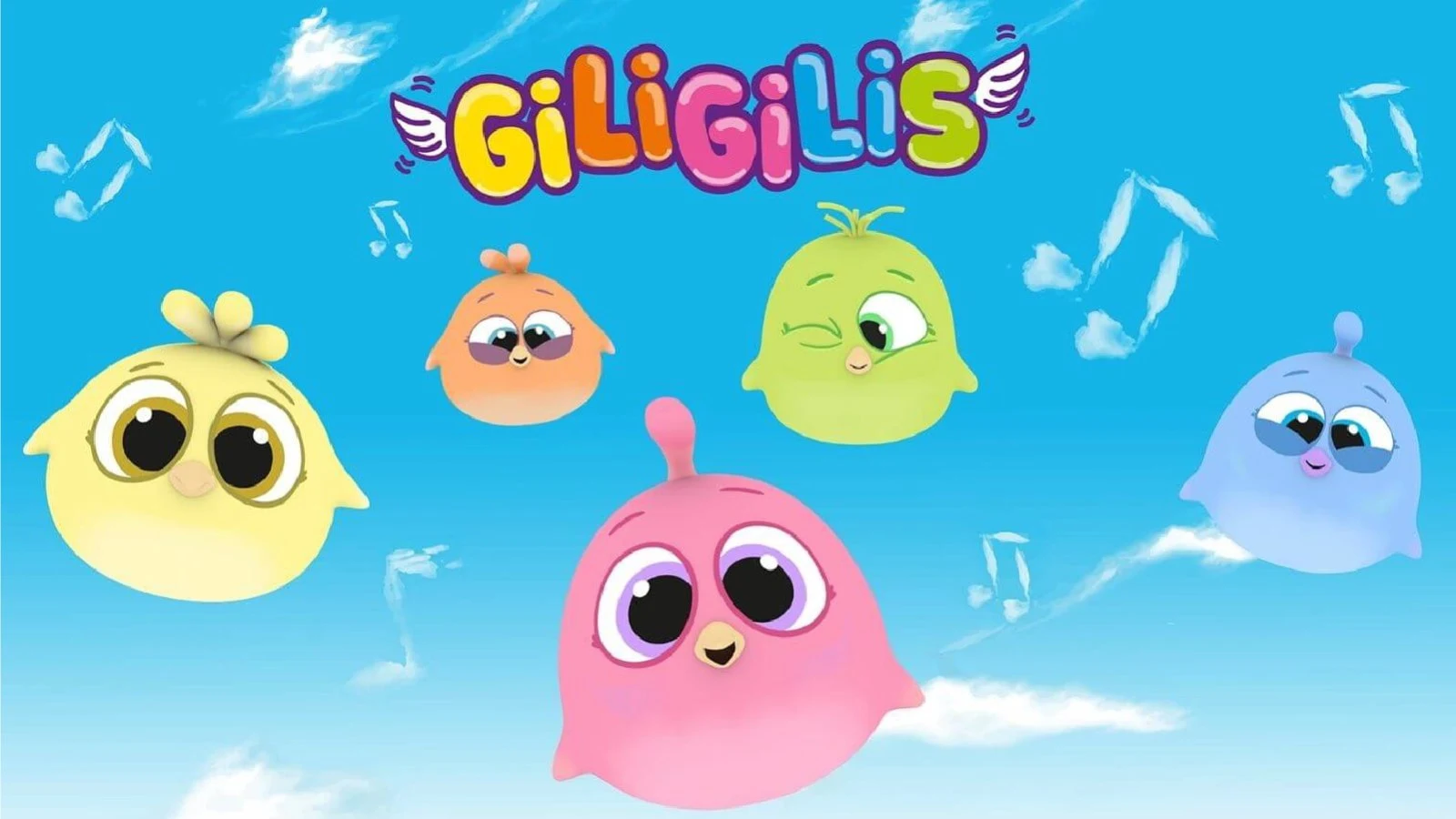
Storytime (stories by Luz Maria Mack)
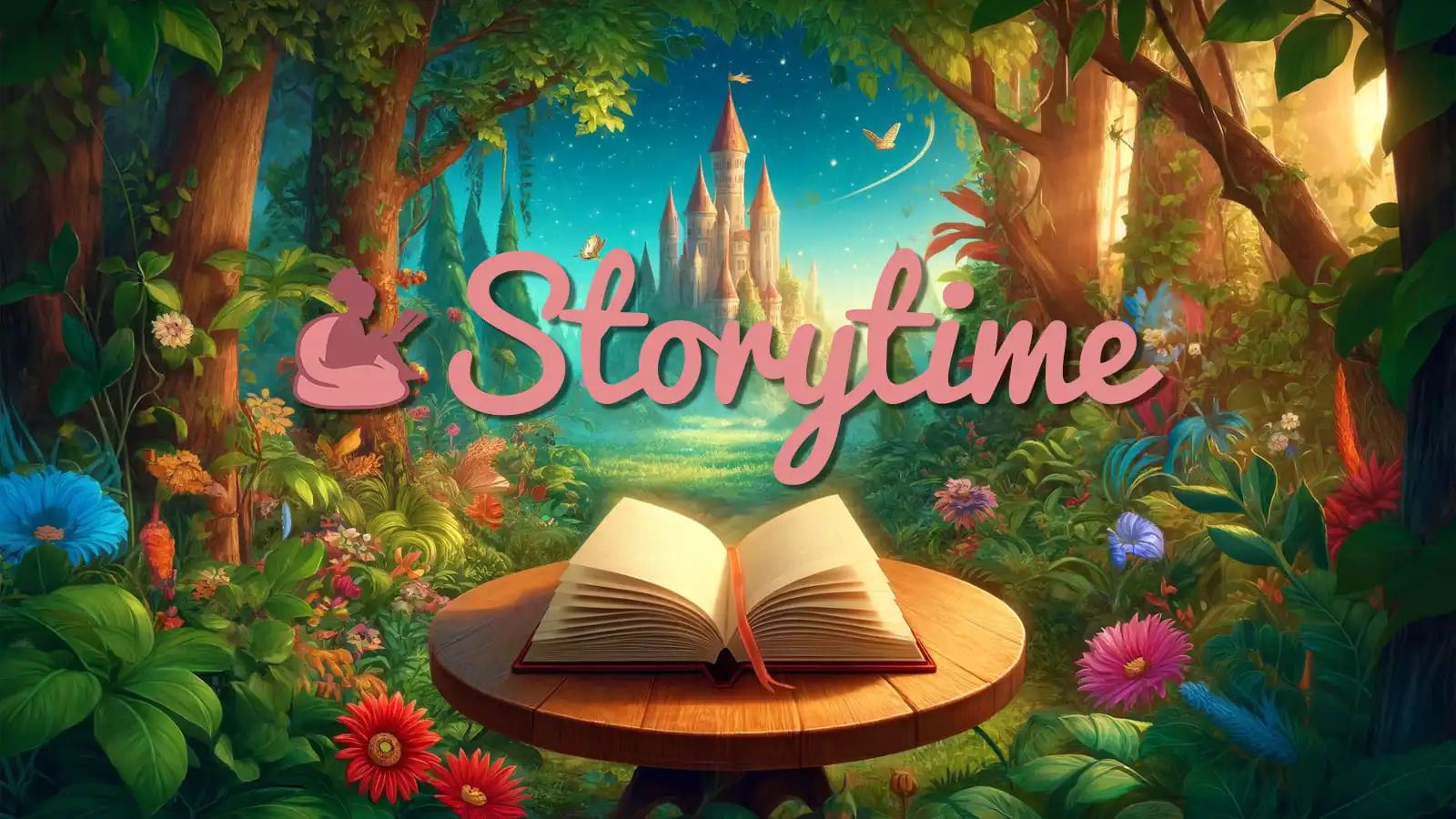
Ria Rabbit
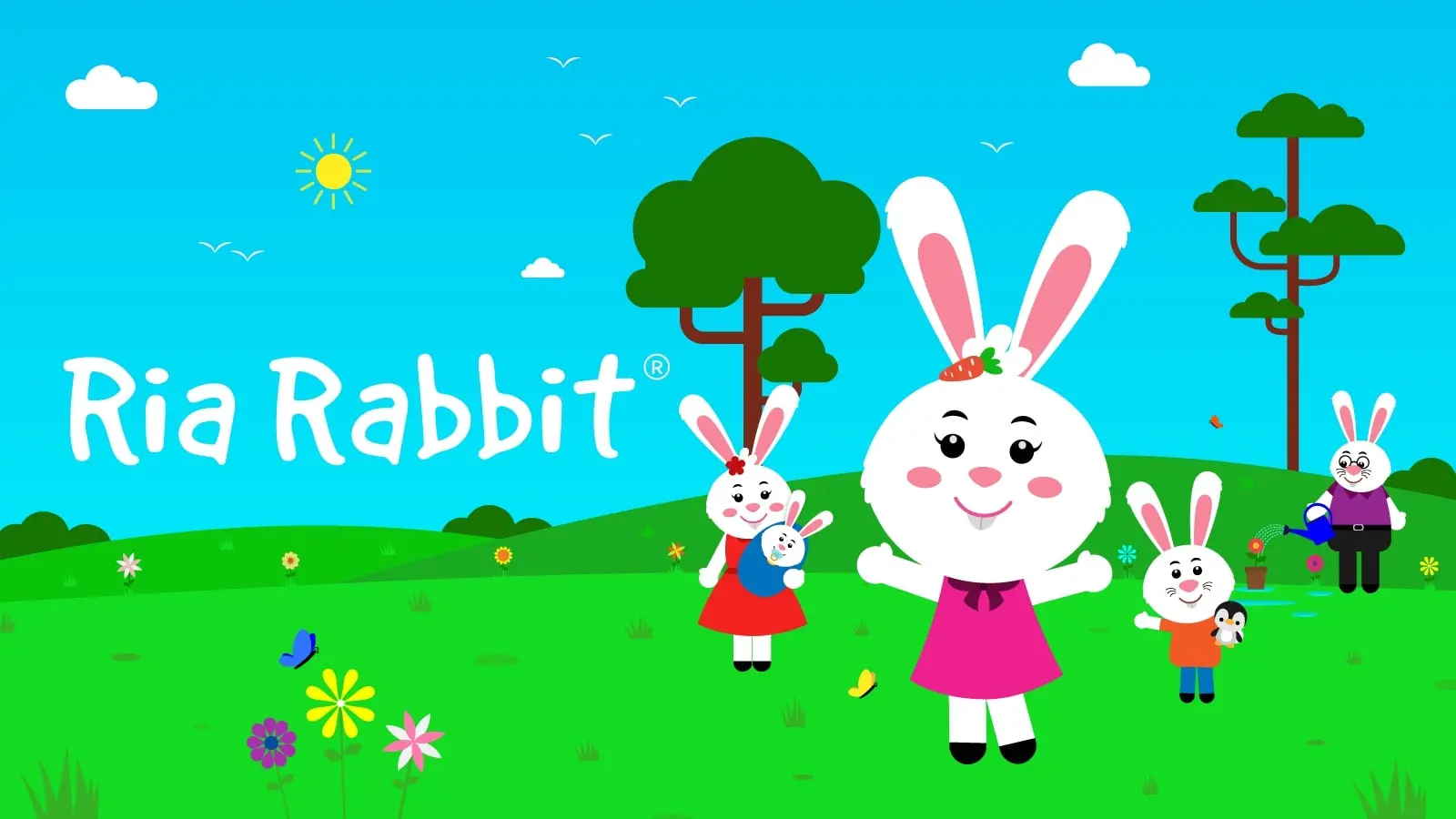
Ria Rabbit is a cute, lovable little rabbit from the picturesque town of Pashu Nagri, India, where she lives with her parents and younger brothers. The videos impart valuable lessons such as manners, emotional intelligence, values, healthy habits, and safety tips.
Animanimals

This multi-award-winning, non-dialogue animated series is delightfully absurd, with each short episode featuring a different animal with its own little quirk. These animals face unique and comical adventures that could only happen to them. As they navigate these absurd situations, each animal learns a small but valuable life lesson. The series relies on its visual storytelling and the charming peculiarities of its animal characters to entertain and subtly educate young viewers.
Berry Buds
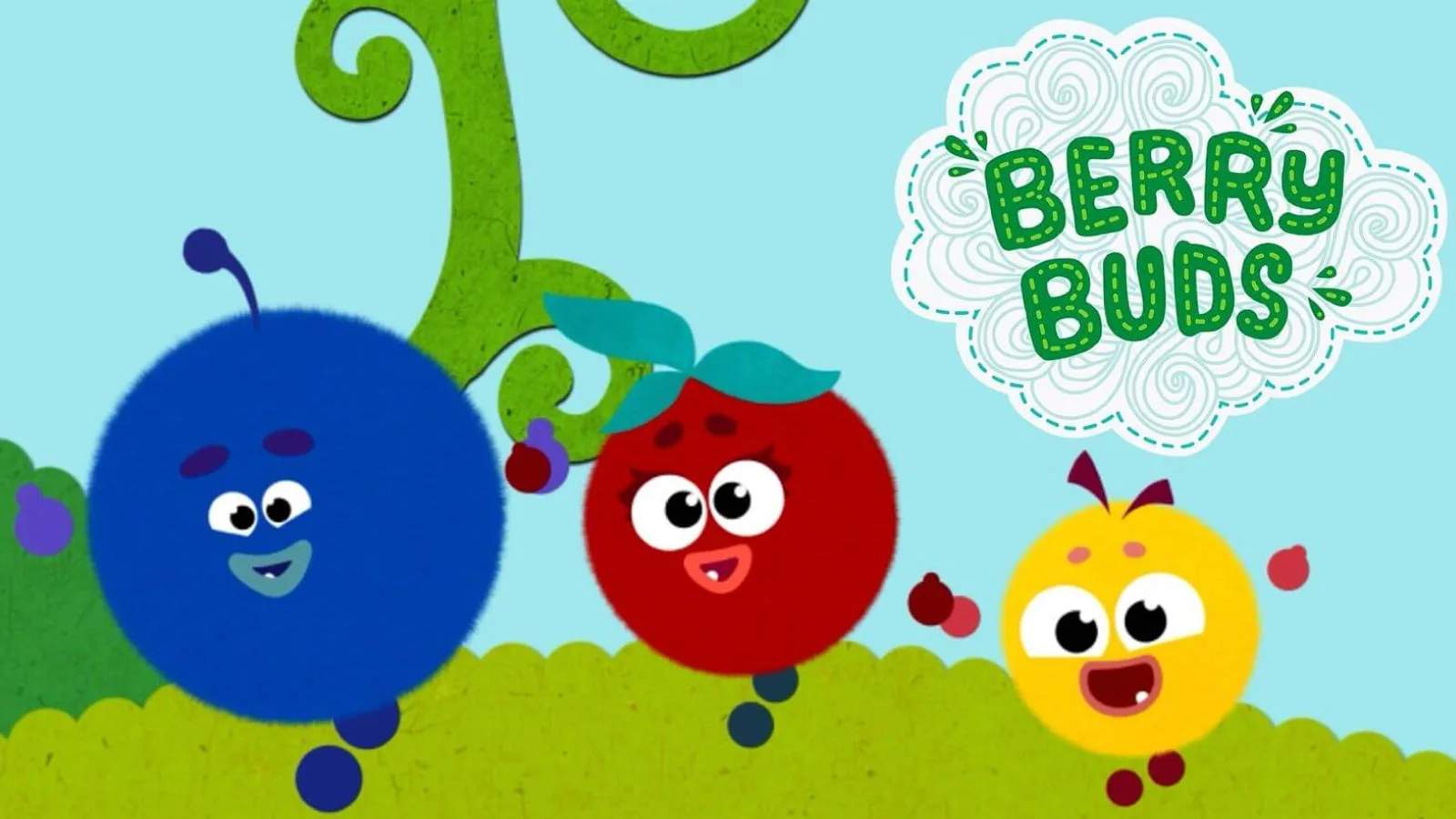
Follow the adventures of three charmingly round friends – cheerful Haha, kind Mimi, and shy Bubu – in the handmade-looking world of Berryland. Each episode focuses on the Berry Buds learning to play together, build friendships, and find solutions to different situations. A kind narrator guides them and the viewers, often using cheerful songs to provide clues and encourage problem-solving. Aimed at 1 to 4-year-olds, Berry Buds uses its stories and original songs to foster social-emotional learning, teaching little ones about sharing, managing emotions like shyness or anger, and navigating daily routines like tidying up or getting ready for breakfast.
Little Woolly Vision
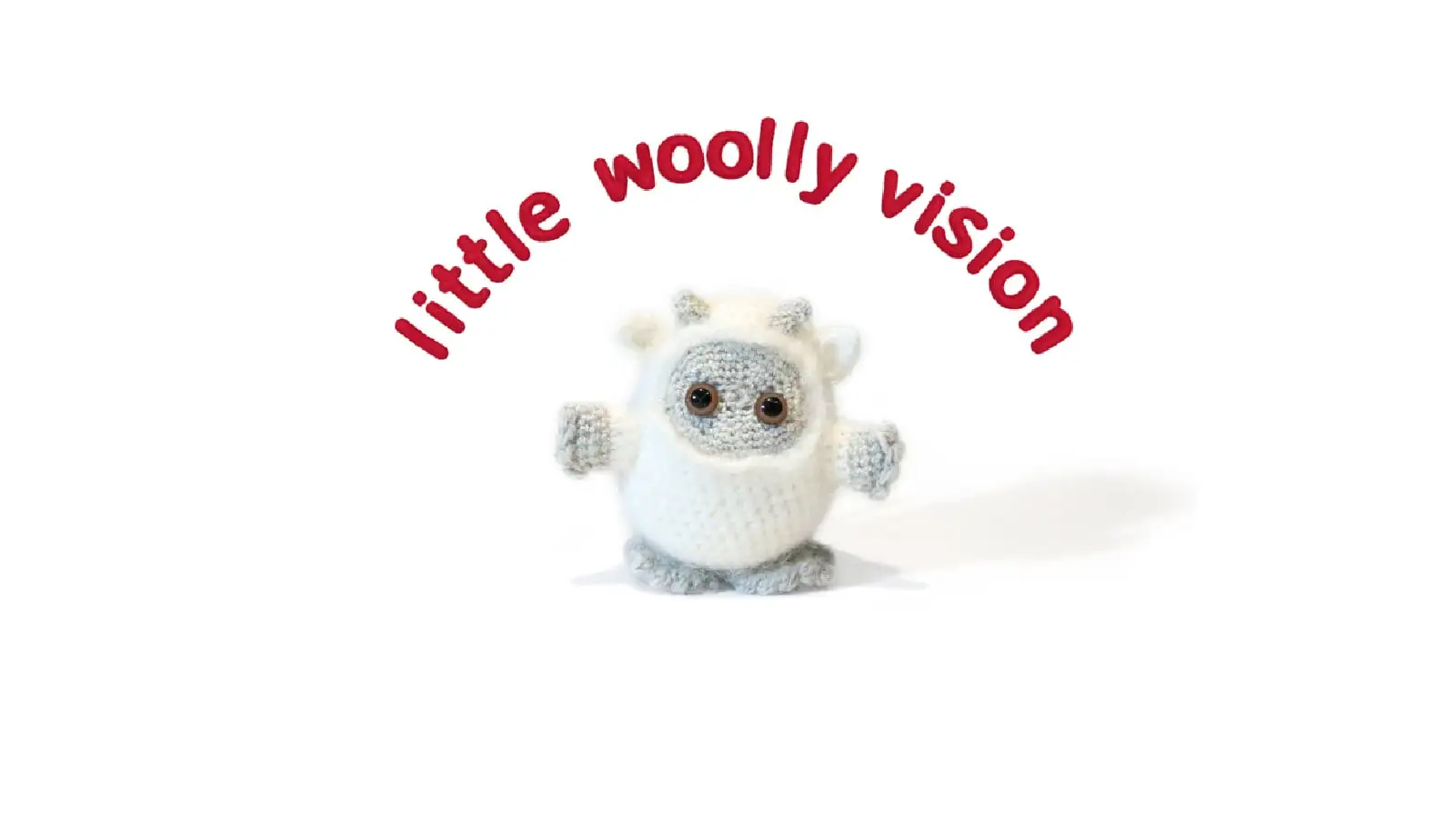
Bino and Fino
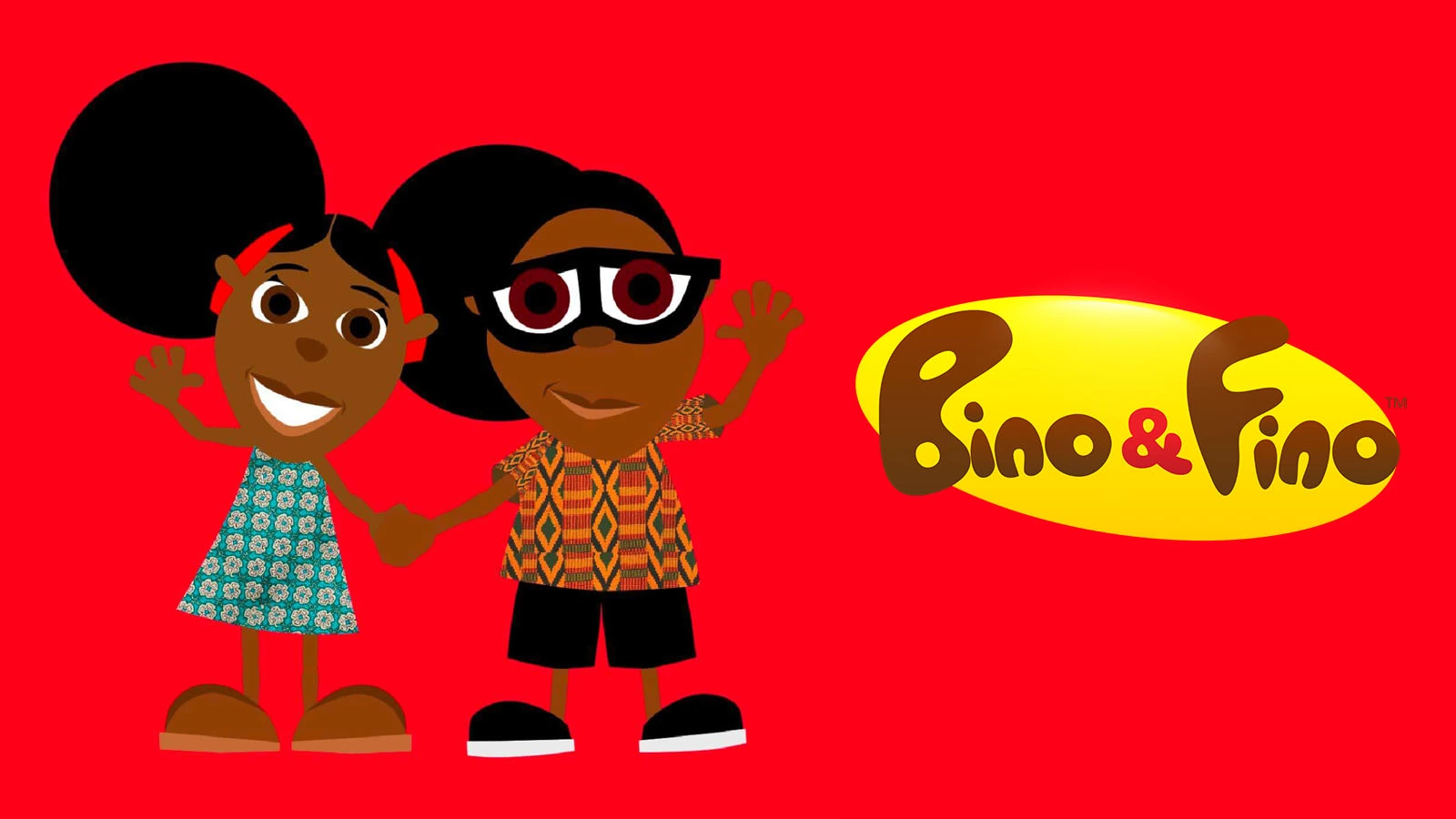
This educational cartoon features a brother and sister duo, Bino and Fino, who live in Nigeria. With the help of their magical friend, Zeena the Butterfly, they embark on adventures where they discover and learn about African history, culture, and the wider world. The show aims to provide a fun and engaging way for children to learn about diverse topics, from ancient manuscripts in Timbuktu to counting in different African languages, all while showcasing a vibrant African setting and characters.
Louie

The artistic Louie brings his creative visions to life through drawing. Louie constantly creates new worlds through his art and teaches kids how to draw by breaking down each step.
Looking for even more chill vibes?
Try our sister app TinyBee a dedicated hub of nursery rhymes, lullabies, bedtime stories and mindful mini-games designed specifically for ultra-calming screen time . It’s perfect for winding down before naps or bedtime, thanks to its library of soothing lullabies and sleep music for toddlers . Like KidsBeeTV, TinyBee is 100 % ad-free and hand-picked by educators to guarantee safe, relaxed viewing wherever you are .
Making the most of gentle screen time
- Co-view & comment. Describe what you see (“Louie is drawing a giraffe”) and pause for your toddler’s response—language gains skyrocket when an adult links words to on-screen action
- Stick to short, scheduled blocks. Two 15-minute sessions beat one hour straight for attention and sleep quality
- Pair with play. After an episode of Animanimals, offer animal figurines so your child can reenact the story—this bridges passive viewing to active, imaginative play
- Rotate, don’t binge. Variety prevents even calm shows from becoming background noise and reinforces flexible attention
Ready to try?
Every show above streams inside the KidsBeeTV app—fully curated, no ads, cancel anytime. Download KidsBeeTV on iOS, Android, Amazon Fire or Smart TV and start your free trial today. Happy calm watching! 🎈

